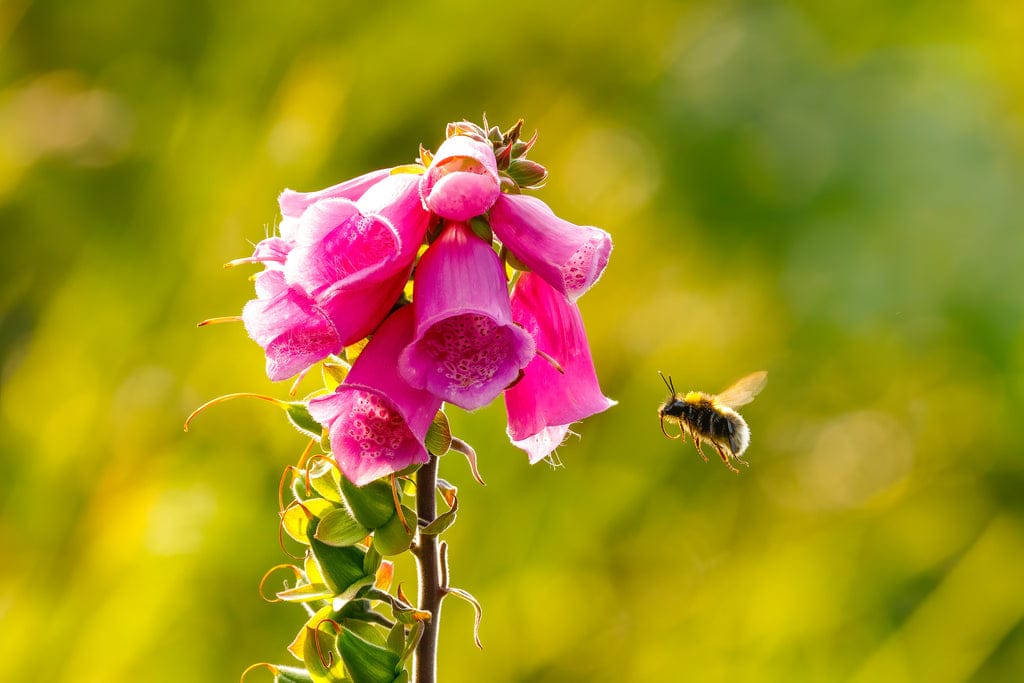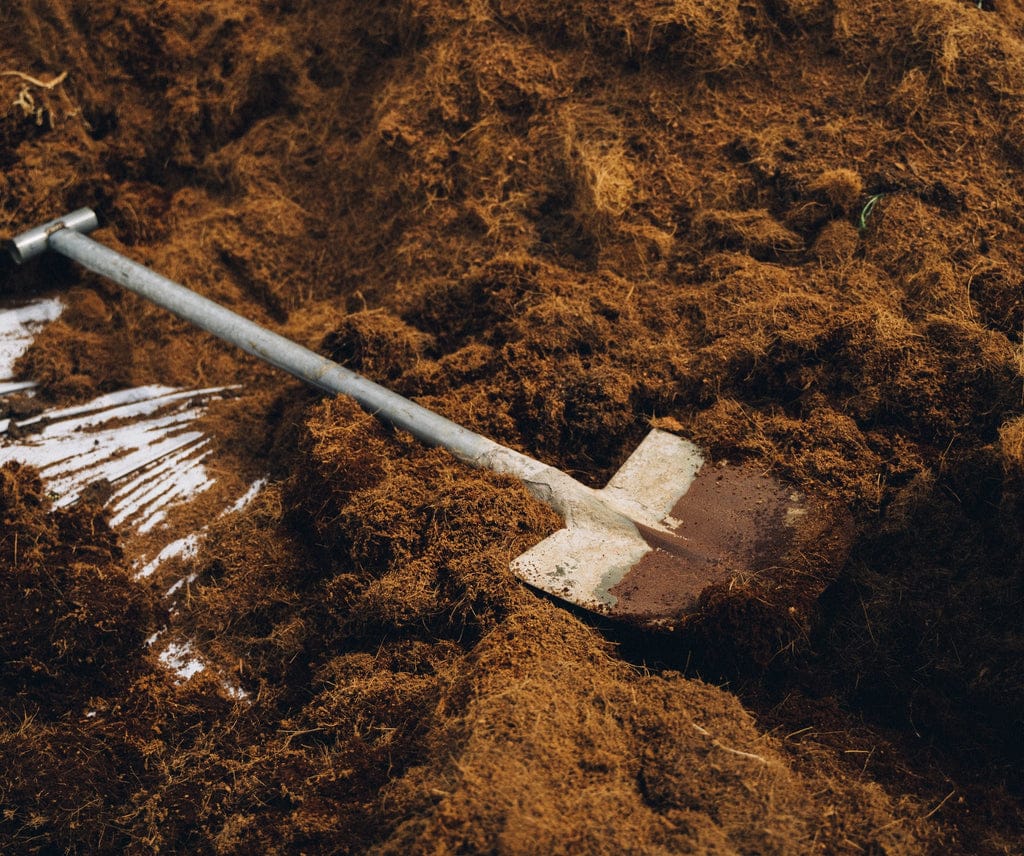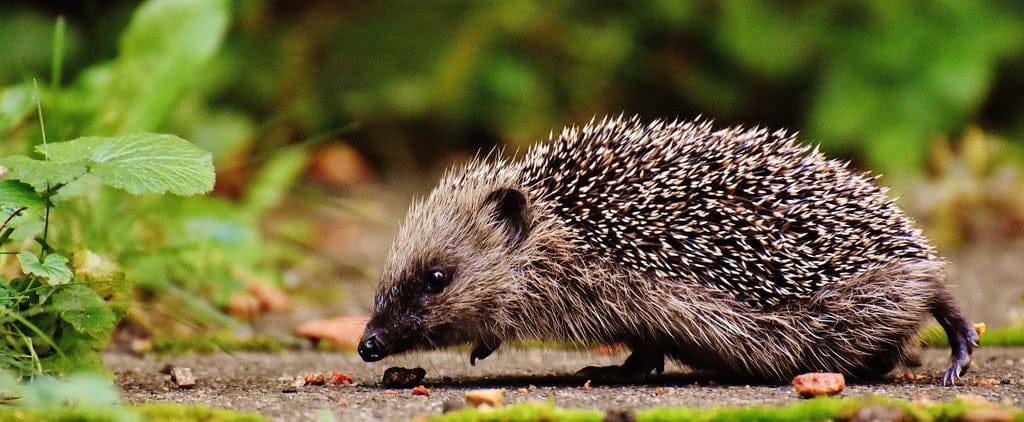Want some tips to help make your garden as eco friendly as can be? Check out our 5 top tips...
1. Get planting!

If you have the space, plant a tree to provide shelter and shade to wildlife in your garden, and a nesting place for birds in Spring!
If you do not have the space for a tree, there is still plenty of planting you can do for the pollinators in your garden! A few tips when choosing which flowers to plant are:
- Choose single flower plants - Bees and butterflies find it difficult to get to the central part of the flower on double flower plants due to all the petals; choose single flower varieties instead!
- Purple is perfect - Whilst all colours attract bees, purple is the colour which bees can see most clearly so are perfect for attracting more pollinators to your garden; lavender, catmint and buddleia are ideal
- Tubular flowers for the long-tongued customer - Tubular flowers such as foxgloves and honeysuckle are particularly good for long-tongued bees like the garden bumblebee!
- Winter flowers for the early risers - Although bees are mainly active between March and September, some bees are active during autumn and winter, especially with winter becoming more mild in the UK. It is therefore good to have a couple of winter plants to help these bees feed in the winter months - try a winter honeysuckle and a winter rose!
2. Rewilding

You don't have to re-wild the whole of your garden, but allowing a space to grow naturally without human interference will increase the variety of wildlife living in your garden - Also a great excuse not to prune and tidy up!
3. Provide food, water and shelter for wildlife

Why not purchase or even make some shelters and feeders for the animals visiting your garden?
A bug hotel for bees and insects, and bird box for birds, a hedgehog house for hedgehogs! These will encourage wildlife to live in your garden and will provide them will shelter and safety.
Bird feeders are important sources of food for birds in the winter months, but it is also important to keep them during summer so that they know where to come for food when it starts to get colder. If you don't have a pond, bird baths are essential for birds during hot summers when there has been little rainfall. Even if you have a pond, a bowl of water on the ground under a bush or plant is a great source of water for hedgehogs and will stop them from falling in the pond looking for water. Although hedgehogs can swim, they often struggle to climb out of ponds and can drown from exhaustion.
Not only will these shelters and feeders keep the wildlife happy, they are great for attracting the wildlife to your garden - every bird watcher and nature enthusiast's dream!
Check out our recycled Driftwood Bird Feeder, Driftwood Bird House and Driftwood Insect / Bee Hotel!
4. Create your own compost heap

A compost heap is a great way to make your own fertiliser for the plants in your garden, and are also great habitats for wildlife such as worms, frogs and even hedgehogs. Weeds, grass, leaves and even some food waste can go in your compost heap and will make nutritious feed for your plants out of otherwise waste materials - perfect!
5. Help the hedgehogs

Many gardens these days have large fences and walls around them which prevent hedgehogs from accessing them and being able to find a mate. Hedgehog populations are declining, so why not create a small hole (13cmx13cm will do) in the bottom of your fence or dig under the fence to allow hedgehogs to come to your garden to breed. They will even eat the slugs in your garden for you - a natural and adorable slug repellent!
